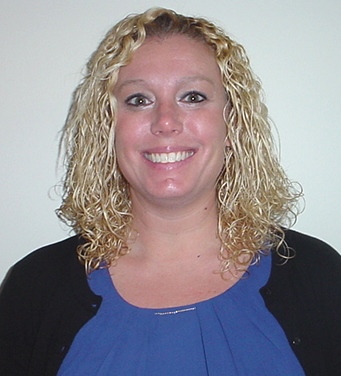Blog
5 hospital contact center trends to watch
As healthcare continues to evolve, so do the technologies and best practices that administrators, clinicians, and support personnel look to every day. For hospital call centers, it’s always interesting to hear about new ways to improve day-to-day operations and patient care. This means reviewing routine communications for efficiency, whether they’re related to answering a question about directions, finding an on-call physician, or launching a critical code.
After reviewing these trends, which do you think are already impacting your organization?
The trends
1. Contact centers play an increasingly important role in the patient journey
Contact centers operators have historically been the unsung heroes of the hospital. However, the hospital contact center is often a patient’s first point of connection with your organization, and an operator can offer trusted, personalized customer service. Especially when patients or family members are dealing with stressful healthcare situations, a helpful and friendly voice can make all the difference. Additionally, a positive or negative experience has staying power when it comes to loyalty.
The medical contact center often functions as the face of your organization and brand. A growing number of hospitals have taken this to heart as indicated in the most recent Annual Spok State of Healthcare Communication survey. These 2022 findings noted that 51% of respondents believed their organization’s contact center contributed considerably or a great deal to the patient experience during the COVID-19 pandemic. This is encouraging news that healthcare leaders increasingly view the contact center as the communication hub within their organizations.
2. Contact centers play a growing role in well-coordinated clinical communications
The medical call center isn’t just about providing service to external callers. From connecting physicians, nurses, and other providers around the clock to deploying codes, operators play a fundamental role in care coordination. In fact, they likely support your organization’s efforts to achieve many of its stated goals across financial and efficiency metrics as well as those related to patient safety and satisfaction.
Many contact centers maintain centralized physician on-call schedules. They also support secure messaging among staff members, keeping vast care teams connected across individuals, groups, and roles.
Related blog post: Enhance customer experience through your hospital contact center >>
3. Support for hybrid contact centers and remote operators is accelerating
Contact centers got creative with supporting remote operators during the pandemic. Part of this digital transformation has been looking to technology and medical phone systems to keep operations running regardless of the physical location of each team member.
Many of those hybrid and remote arrangements proved beneficial for all involved and are here to stay. The ability to work from home some or all of the time can be a major selling point at a time when hospitals are struggling to fill contact center vacancies.
Case in point: UW Health transitioned contact center agents to a remote-work setup and successfully maintained operations during the COVID-19 pandemic. The integrated Health System of the University of Wisconsin-Madison implemented Spok® contact center software on laptops and found operators to be just as efficient at home as they were on site.
4. Omnichannel communication options are on the rise
As consumers, we’ve all gotten more familiar with using chats, chatbots, social media, text messages, and email to communicate with both individuals and organizations. Some hospital call centers are exploring these options to complement interaction happening via traditional hospital phone systems.
This is a trend to watch as consumers seek new ways to interact with hospitals and providers. Offering alternative channels to access information can be helpful to offload routine questions like ‘What time does the cafeteria close?’ or ‘Where should I park?’ The options can free up operator time and enable these valuable resources to handle more advanced inquiries as well as concentrate on their role in clinical communication.
5. Contact center consolidation continues
The trend of smaller hospitals joining larger healthcare networks is ongoing. Moving to a centralized contact center makes sense both financially and for delivering consistent caller service. A unified contact center facilitates smooth caregiver and patient interactions. It also streamlines processes such as launching code calls and lets agents spend more time focusing on unique questions and providing exemplary customer service. Centralized enterprise directories and on-call schedules help make this possible.
How Spok supports contact center evolution
Customer service excellence and operator efficiency require the right technology backbone. Spok Care Connect® enables you to improve the caller experience and present your best face to the community.
Spok provides flexible solutions for operator consoles, web-based directories and on-call systems, and speech recognition as well as secure messaging. These tools focus on accuracy, efficiency, and helping each operator provide in-depth caller service when needed.







